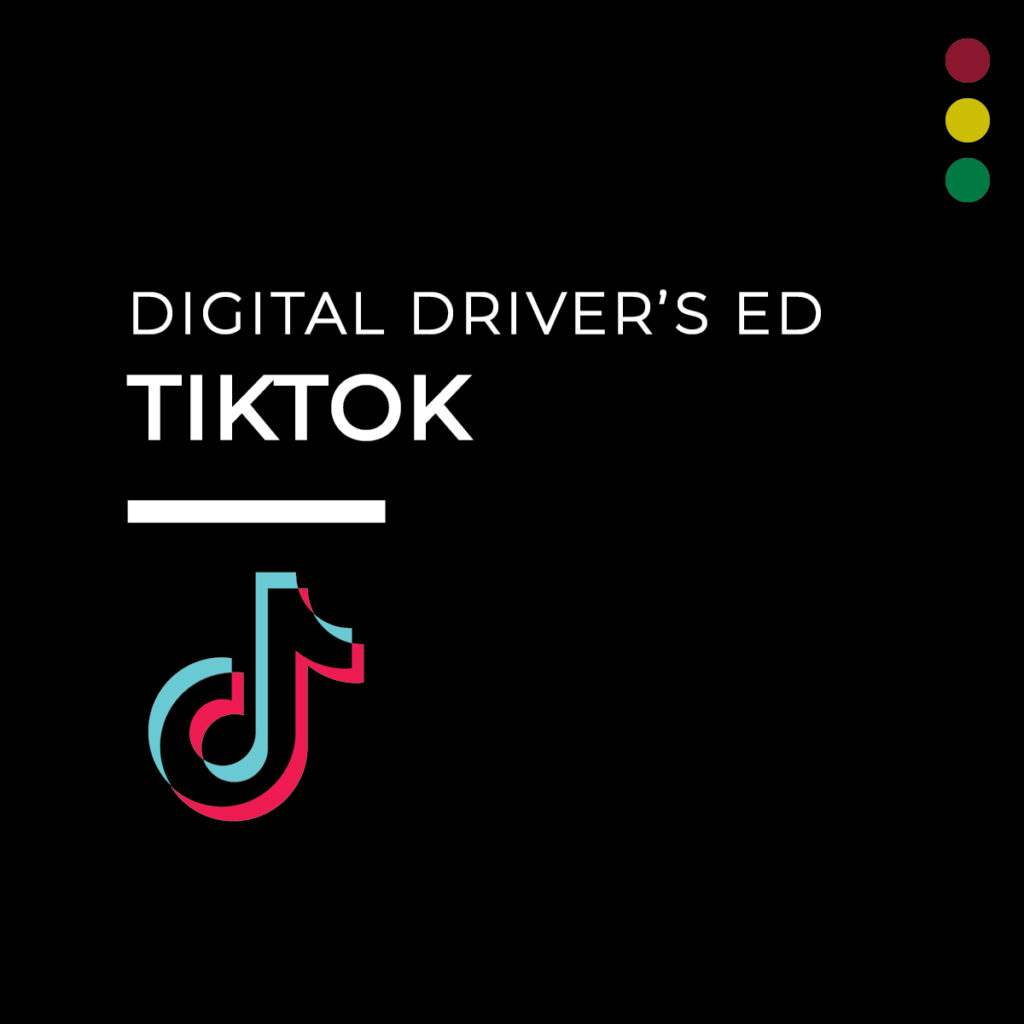Kids are always paying attention, absorbing the behaviors they see modeled in the world. Monkey see? Monkey do. They are internalizing our habits, practices and beliefs through our behaviors — including what we do and don’t post on social media (aka. sharenting).
From viral TikTok challenges to the controversial launch of Metaverse, 2021 was filled with big changes in the digital world. In a time where tech trends and news can be overwhelming, we thought we would take this opportunity to summarize the top digital stories for parents in 2021.
If you have a teen or tween, you’re probably familiar with TikTok challenges. Some of them come and go without gaining much traction, and others—like the recent “devious licks” challenge—make headline news.
Last week, the Wall Street Journal published a front-page article titled, Facebook Knows Instagram is Toxic for Teen Girls, Company Documents Show. The eye-opening piece uncovers some of Facebook’s own internal research, showing the damaging effects Instagram has on teens’ mental health. In this blog, we offer five simple ways to help your kids deal with social media pressure.
When Cierra Karson found her preschool daughter saying her daily affirmations in the mirror, it made her cry happy tears, because she knew that one day, this little girl would have the confidence she needs to navigate the challenges she will face in the social media world. Read along as Cierra shares why and how this young family makes this practice a part of their everyday routine.
START recently partnered with the Wall Street Journal to share thoughts about a hot app for kids: Facebook’s Messenger Kids, an introductory social media app designed for kids age 6-12. If you decide to take the plunge, it’s likely your child’s first foray into social media and it’s important to equip them for it and to be attentive to potential unexpected side effects.
It takes an incredibly brave parent to seek out and accept information that contradicts their past parenting choices. Instead of putting on their blinders to protect their ego, they face the truth in order to protect their children. This story is from one such mother, Lauren, who courageously shared her journey—so others might not go through the pain she has been through. Thank you, Lauren.
When it comes to technology, we recommend a driver’s ed approach – one that you can apply even to individual apps like TikTok, and we’re now offering a second tool to help you get started: a Parent’s Guide to TikTok We hope this info is helpful for all families, but we especially recommend this guide for parents of elementary age children.
When it comes to technology, we recommend a driver’s ed approach – one that you can apply even to individual apps like Snapchat, and we’re now offering a free Parent’s Guide to Snapchat to help you get started! We hope this info is helpful for all families, but we especially recommend this guide for parents of elementary age children.
At START, we want to help parents take a “driver’s ed” approach when helping kids learn to drive in the digital world. We call this process “Ride. Practice. Drive.” It’s a simple, but powerful tool you can pull out the next time your child or teen asks for a new app or smart device. Here’s how it works.










